
When the Soviet authorities were significantly weakened, in 1988, in 1988, the Armenians in the territory of the Azerbaijani SSR began between Armenians and Azerbaijanis. It was the first interethnic conflict in the USSR, which began before its collapse. On February 22, 1988, after the statement of the Council of People's Deputies in Karabas (February 20), the first great clash between Armenians and Azerbaijanis took place about the intention to join Armenia in Askran (Nagirny Karabakh).
The latter declared two dead. In a response, 5 days later, the Armenian pogrom took place in Sumgaiti (Baku suburb), where 32 people were officially killed, but Armenians declare hundreds of casualties. It became a turning point of the conflict, which remained street before the collapse of the USSR (that is, there were no direct military clashes). Armenians began to leave Azerbaijan, instead, the Azerbaijanis ran from Armenia and Karabakh.
With the collapse of the USSR, the confrontation grew into a full -fledged war between the two states, which ended with a complete victory for Armenia - almost 20% of the territory of Azerbaijan was occupied. About one million people became refugees (870,000 Azerbaijanis left the region of conflict and Armenia itself, and almost 300,000 Armenians left Azerbaijan). Yerevan did not annex the occupied territories.
He did not recognize Karabakh's independence, but left the "buffer areas" that connect Armenia with the region. Until 2020, no state of the world has never recognized Karabakh. However, the conflict was frozen and de facto Nagirny Karabakh was controlled by Armenia, although in accordance with the rules of international law, all these districts are and were the legitimate territories of Azerbaijan. At the same time, power in Armenia itself controlled the "Karabakh Clan".
It was in Stepanakert (the capital of the unrecognized Karabakh) that the second and third presidents of Armenia Robert Kocharian and Serge Sargsyan were born, who established the authoritarian regime of the country in the country from 1998 to 2018. Over the two decades, the frozen of the conflict is rich in oil Azerbaijan has significantly re -arranged.
Baku was interested in access to advanced military technologies he received, cooperating with Israel, Turkey and, interestingly, continuing to maintain friendly relations with the Russian Federation. Moscow supplied both sides weapons. Another thing is that for Armenia the Russian Federation was perhaps the only supplier. For the first time, Baku muscles were demonstrated in 2016. Then the Azerbaijan army occupied several border heights.
Favorable times for a full -scale offensive came after falling as a result of mass protests of the "Karabakh Clan" in Armenia. The new Prime Minister Nicol Pashinyan himself had nothing to do with Karabakh. He also turned out to be far from Putin. At the same time, Azerbaijan became significantly closer to Turkey, which became a new regional leader. It was not possible to wait for the best conditions, and at the end of September 2020 the Azerbaijan army went on the offensive.
As a result of the 44-day war, Baku returned all the buffer districts and part of Karabakh. The rest of the territory of the unrecognized republic was occupied by Russian peacekeepers. After signing the agreement in November 2020, the Armenians left the territories that were to depart Azerbaijan. Journalists recorded the facts of burning their own real estate, even windows and doors from cafes, restaurants were exported, and the Armenian border was distracted by cows and sheep.
The liberated territories are inhabited by the Azerbaijanis. The symbol of the new life, the official Baku, seeks to make the city of Shush, whose capture of the Azerbaijani troops in early November 2020 determined the winner of the war. In less than a year of time, Azerbaijan managed to build a straight road from Baku in Shush and build a new airport.
However, the issues of preserving the Armenian cultural heritage remain open, as this people have long lived on these lands and left many architectural monuments. The situation with the restoration of the Cathedral of the Holy Christ, which was injured from hostilities, may be indicative. Azerbaijani authorities promise to restore it, according to Soviet documents, which do not contain mention of Armenians. Also, mosques are being built at a rapid pace.
Since 2020, the parties periodically fired each other and another exacerbation began in September 2022. It is characterized by the fact that shelling is no longer in contradictory territories, but directly on the Armenian-Azerbaijani border. The focus monitors the development of events. The conflict is now frozen, but already under Azerbaijan. Armenia completely lost control of all occupied in the early 1990s.
However, part of the Karabakh, along with the unrecognized capital, is controlled by Russian peacekeepers. Yes, the Kremlin master demonstrated that Moscow does not want to unambiguously resolve any conflict in the regions where it retains its influence. However, there is a version that not so much Moscow was influenced by the Azerbaijani offensive, but the victory in the US President's elections, Joe Baiden, who calls himself a "friend of all Armenians.
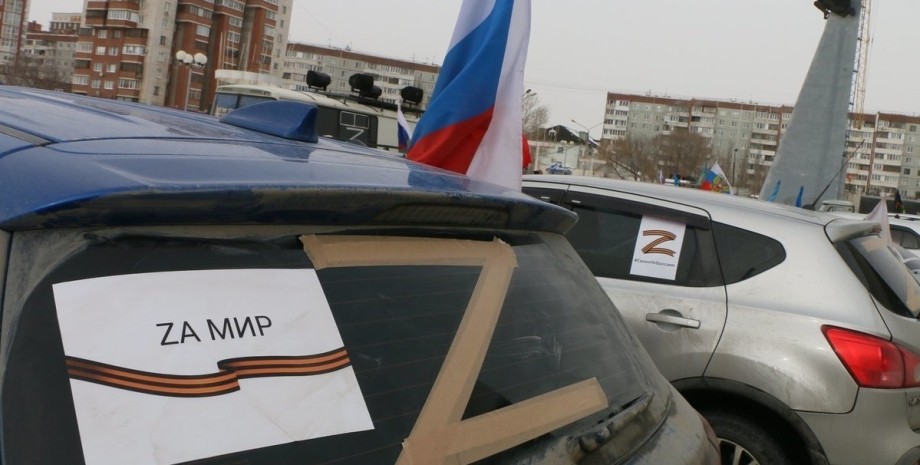

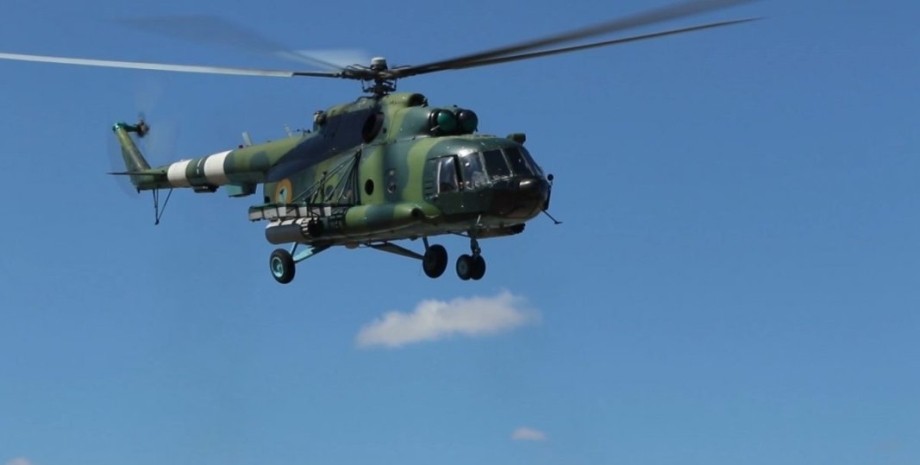
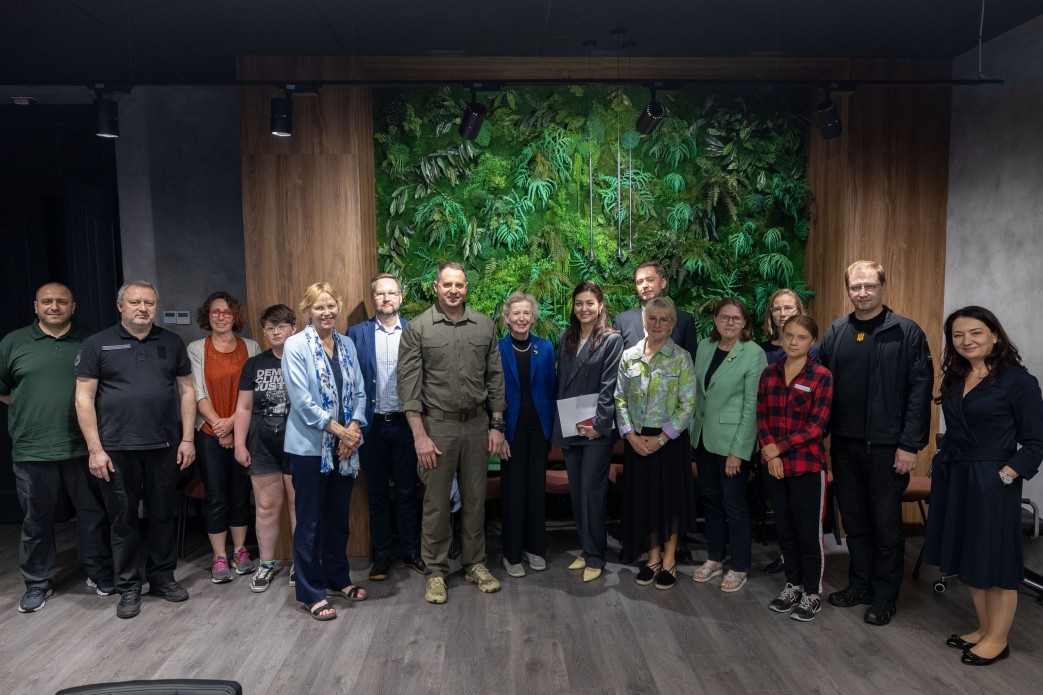

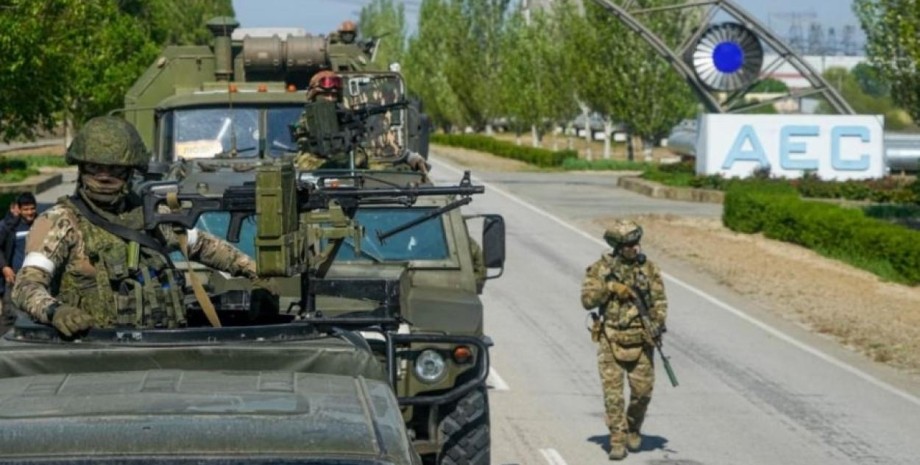


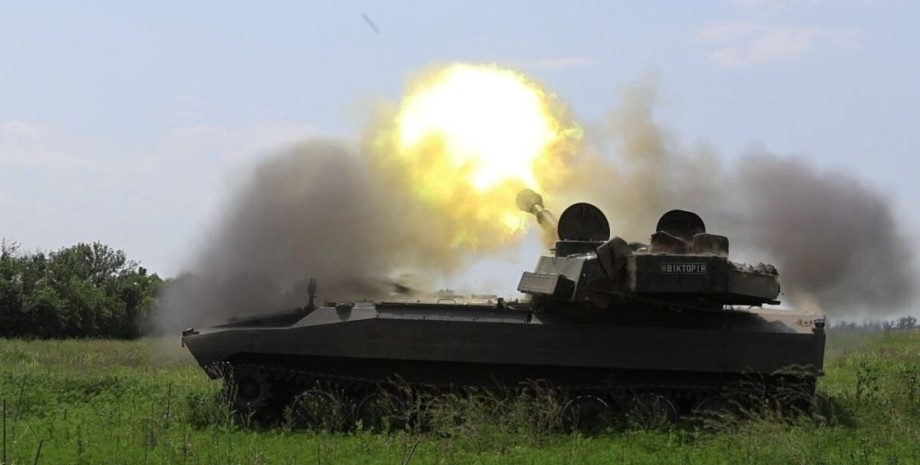











Všetky práva vyhradené IN-Ukraine.info - 2022